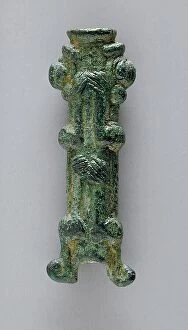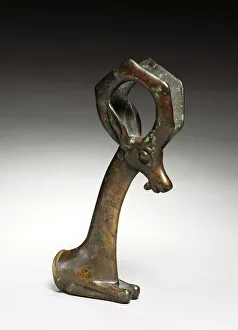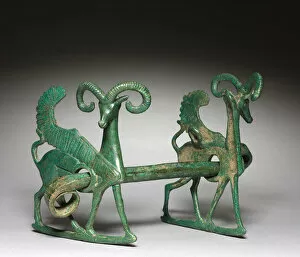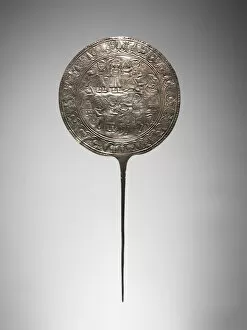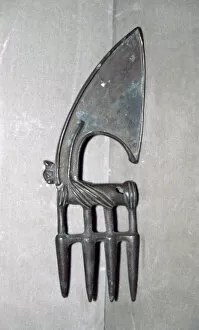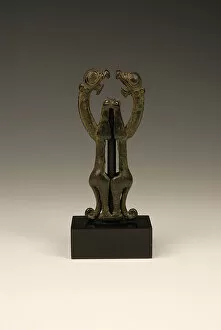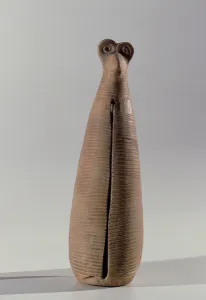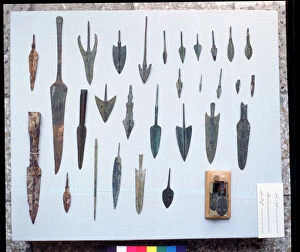Luristan Collection
"Luristan: A Glimpse into Ancient Bronze Art" Step back in time to the ancient region of Luristan, where remarkable bronze artifacts were crafted between 1100-600 BC
All Professionally Made to Order for Quick Shipping
"Luristan: A Glimpse into Ancient Bronze Art" Step back in time to the ancient region of Luristan, where remarkable bronze artifacts were crafted between 1100-600 BC. Among these treasures is the Axel Shaft Cup, a stunning example of cast bronze from the late 8th century BC. Its intricate design showcases the skill and artistry of Luristani craftsmen. Another masterpiece is the Master of Animals finial, dating back to 1000-600 BC. This captivating bronze sculpture depicts a mythical creature with intertwined animal forms, symbolizing power and dominance over nature. The Decorated Bronze Vessel, created around 900-700 BC, boasts exquisite engravings that tell stories of ancient rituals and beliefs. Its elegant shape and ornate patterns make it an exceptional piece in any collection. Discovering an Ibex Whetstone Handle transports us even further into history, as this cast bronze artifact dates back to 1100-900 BC. The handle's depiction of ibexes reflects their significance in Luristani culture as symbols of agility and strength. Horse Bit Cheekpiece from around 700 BC showcases both casting and incising techniques on its bronze surface. It exemplifies the craftsmanship involved in creating functional yet aesthetically pleasing equestrian equipment during that era. Winged Ibex Horse Bit combines elements from different periods (800-600BC) with its cast and incised design featuring winged ibexes—a testament to cultural continuity across generations. Moving beyond bronzeworks, we encounter a Hero and Animal Combat Beaker made from repousse engraved silver during 900-700BC—an extraordinary blend of artistic expression on precious metal surfaces. A Votive Pin with Decorated Disc reveals intricate details achieved through repousse & incised silverwork during 800-600BC—offering insights into religious practices or personal adornment among ancient Luristan inhabitants.

